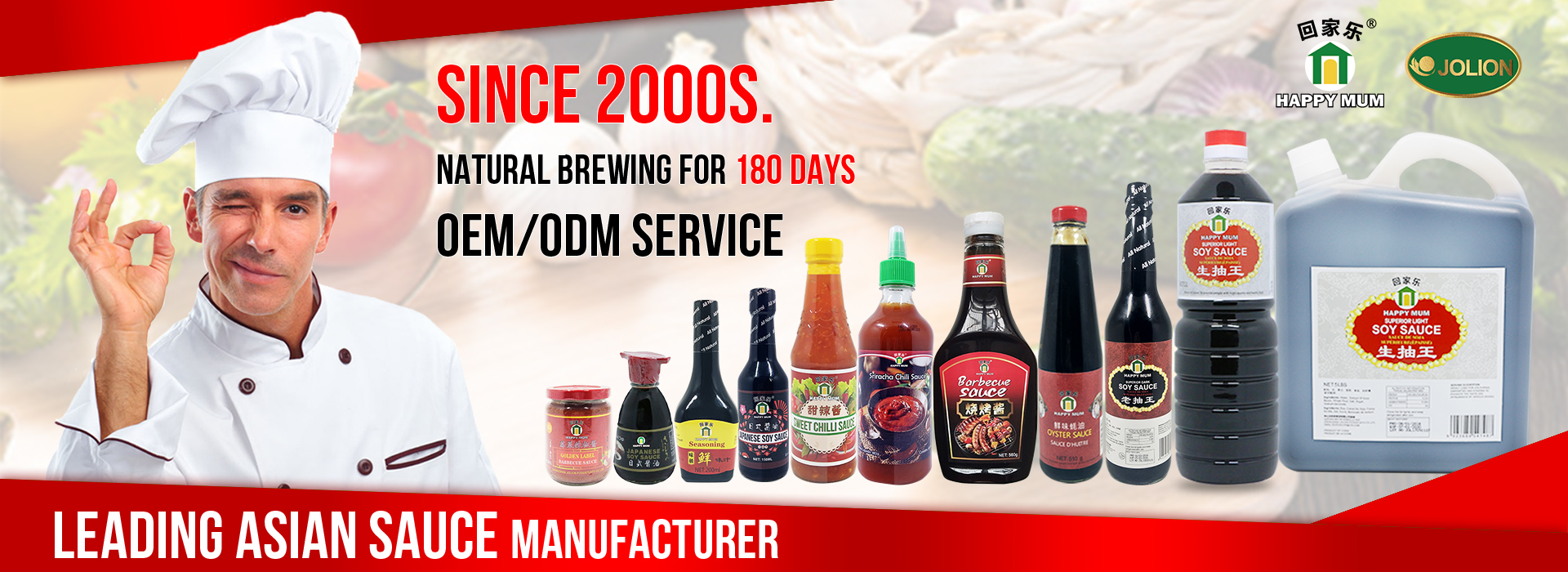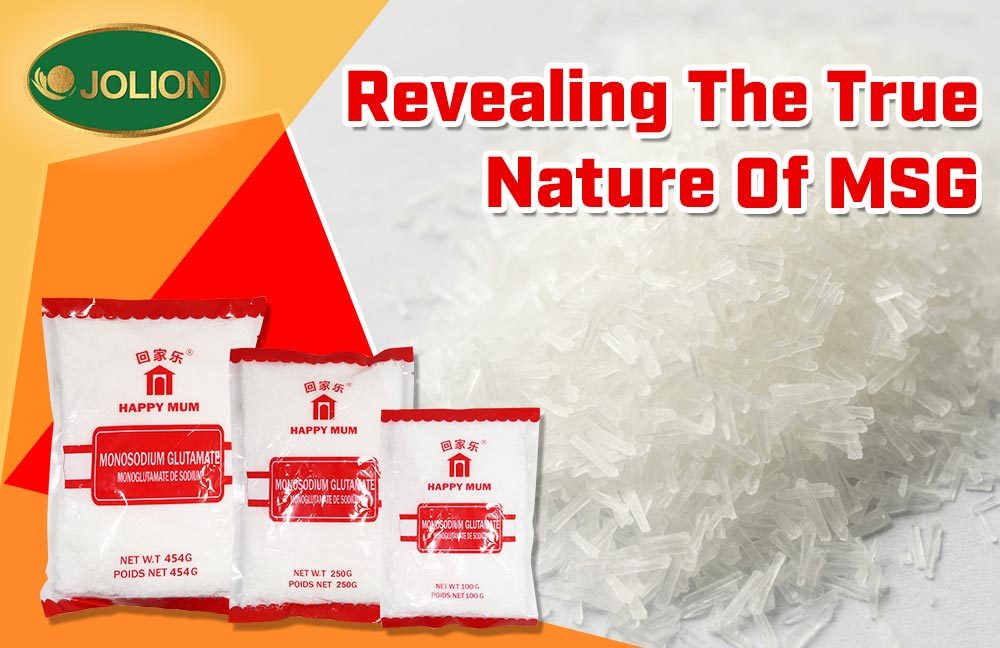
- Exploring JOLION Food's Exquisite Sauces and Noodles at SIAL PARIS 20242024-10-30SIAL PARIS, the renowned international food exhibition, is set to showcase a plethora of gastronomic wonders in 2024. Among the myriad of exhibitors, JOLION Food stands out as a beacon of culinary excellence, promising a delectable journey for food enthusiasts and industry professionals alike.
- Grab The Canned Corn And Succeed Faster2025-04-25
- Why Your Peanut Butter is Oily2025-04-18
Revealing The True Nature Of MSG
Revealing The True Nature Of MSG
A Natural Discovery
In 1908, Japanese chemist Dr. Kikunae Ikeda identified glutamate as the source of umami—the fifth basic taste—after studying kombu seaweed. His discovery revolutionized global cuisine.
Glutamate occurs naturally in many foods: tomatoes (140-250 mg/100g), Parmesan cheese (1,200 mg/100g), and even human breast milk (22 mg/100g). MSG is simply a purified, crystallized form of this amino acid.

Debunking the Myths
The FDA, WHO, and European Food Safety Authority classify MSG as "generally recognized as safe" (GRAS).
Why Your Kitchen Needs MSG
Healthier Sodium Reduction: Replace 30% of table salt with MSG to cut sodium intake without sacrificing flavor.
Umami Amplification: Elevate plant-based dishes, soups, and marinades with a sprinkle of MSG.
Culinary Versatility: Unlike artificial flavorings, MSG blends seamlessly into sweet, savory, and spicy recipes.
The Science of Umami
Umami receptors on the human tongue detect glutamate, triggering a pleasurable savory sensation. MSG enhances this response, making dishes taste richer and more balanced.
Example: Adding MSG to a vegetarian chili mimics the depth of slow-cooked beef broth.
Reducing Food Waste
MSG revives bland or overcooked dishes, reducing the need to discard imperfect meals.
Example: A 2023 study showed households using MSG reported 15% less food waste.
Global Acceptance
MSG is a pantry staple in Japan, Korea, and Southeast Asia, regions with among the world’s highest life expectancies.
If you also have any doubts or interest in MSG, please feel free to contact us jolion, we will give you a detailed answer!
Related News
- 2025-04-25Grab The Canned Corn And Succeed Faster
- 2025-04-18Why Your Peanut Butter is Oily
- 2025-04-1710 Surprising Health Benefits of Peanut Butter
- 2025-04-09The Mystery of Chilli Sauce
- 2025-04-15The All-Natural Goodness of JOLION Foods Vegetarian Oyster Sauce: A Culinary Delight
- 2025-04-14From Condiment to Culinary Essential: Why Every Chef Needs Mushroom Soy Sauce
Start Your Seasoning Sauce Business by a Free Quote
GET FREE QUOTES
If you are interested in our services, let's have a try on the first project
